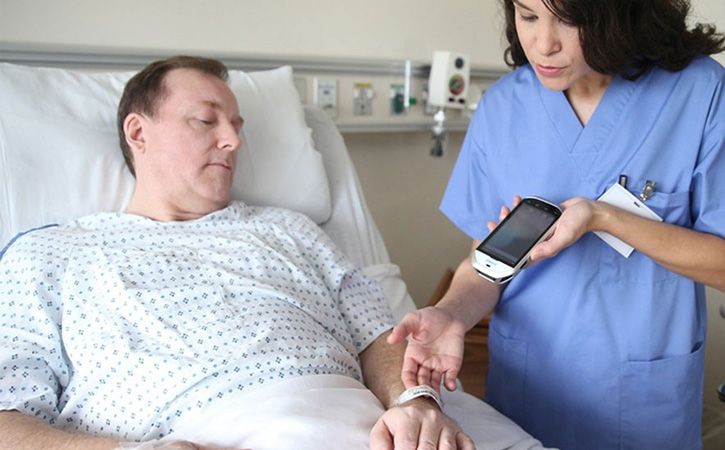As we age, maintaining independence becomes a critical concern, and mobility is at the heart of that independence. For elderly individuals and those with physical limitations, the right mobility solutions can transform daily living, boosting both safety and quality of life. This article explores the challenges associated with restricted mobility, the impact of long-term immobility, and how effective mobility solutions can significantly improve patient outcomes.
Understanding Mobility Challenges
Mobility challenges in the elderly often arise due to a combination of factors, including age-related muscle weakness, chronic conditions such as arthritis, or the aftermath of injuries. These limitations not only affect the ability to move freely but also have broader implications on overall health and well-being. Reduced mobility can lead to a decline in functional independence, making even simple tasks such as getting out of bed or walking around the home difficult.
The effects of prolonged bed rest due to mobility restrictions can further aggravate these challenges. Extended periods of inactivity may result in muscle atrophy, joint stiffness, decreased circulation, and pressure sores, significantly diminishing physical capabilities. In addition, the psychological effects of long-term immobility, such as feelings of isolation or depression, can compound the negative health impacts.
Addressing these mobility challenges requires more than just medical intervention—it calls for the adoption of appropriate mobility aids that provide physical support while promoting independence.
How Patient Outcomes Are Improved by Effective Mobility Solutions
Effective mobility solutions play a crucial role in improving both the physical and emotional well-being of individuals with limited mobility. These solutions help mitigate the risks associated with immobility, such as falls or injuries while encouraging an active lifestyle that fosters independence.
- Increased Safety: One of the most significant concerns for individuals with mobility limitations is the risk of falling. Mobility aids such as walking frames, rollators, and stairlifts help provide the stability and balance necessary to prevent falls, ensuring a safer living environment. For example, stairlifts eliminate the dangers posed by navigating stairs, which is a common cause of accidents among the elderly.
- Enhanced Independence: By reducing reliance on caregivers, mobility aids restore a sense of autonomy to those facing physical challenges. Whether it’s a power chair that allows for independent movement or a rollator that offers both support and ease of walking, these devices help users maintain control over their daily activities. This, in turn, enhances their confidence and emotional well-being.
- Improved Physical Health: Regular movement is essential to maintaining strength and flexibility, even for those with mobility challenges. Mobility aids encourage individuals to stay active, preventing the physical decline associated with prolonged bed rest. Devices like walking frames or scooters can help individuals remain engaged with their community, ensuring they stay mobile and socially active.
Choosing the Right Mobility Aid
Selecting the appropriate mobility aid requires careful consideration of the individual’s needs, living environment, and personal preferences. The right choice can significantly enhance safety, comfort, and overall quality of life.
Factors to Consider
- Mobility Needs: The degree of mobility limitation should be the primary factor in selecting an aid. For those with minimal mobility issues, a cane or lightweight walker may suffice. However, for individuals with severe mobility restrictions, more robust options like wheelchairs or power chairs may be necessary.
- Living Environment: The layout and accessibility of an individual’s home also play a role in the choice of mobility aid. For example, those living in multi-storey homes might benefit from stairlifts, while individuals needing outdoor mobility may prefer scooters.
- Personal Preferences and Comfort: Comfort is key when using a mobility aid for extended periods. Adjustable features such as height, handlebars, and seating can make a significant difference in how effective and comfortable the device is for the user.
A key player in providing these solutions is Safety&Mobility, a trusted supplier of patient care equipment. Their range of mobility aids is designed not only for functionality but also with a strong focus on safety and ease of use. Their products come equipped with features like adjustable settings to cater to specific user needs and built-in safety mechanisms, such as sturdy brakes and anti-tip wheels, which are essential for preventing accidents.
By choosing the right supplier, caregivers and users can ensure that they are investing in quality products that meet the individual’s mobility needs while maximising safety and independence.
Improving The Quality of Life
Mobility solutions are essential for improving patient outcomes, especially for elderly individuals and those with physical limitations. Understanding the challenges of limited mobility and the potential effects of long-term bed rest highlights the importance of taking proactive measures. Effective mobility aids not only enhance safety and physical health but also empower individuals to regain their independence and improve their quality of life.

